About
Hi everyone! My name is Leonardo Veloso and I would like to share my personal and technical challenges while making my first commercial game: Human Diaspora. First, I am a self-taught 3D artist working in Brazilian TV broadcasting since 1999. But my heart always had a special place for video games, so I’ve finally created my own game title. It was only possible because professional tools like Blender 3D and Godot game engine became widely accessible. In 2018 I was working 12+ hours a day and desperately needed to invest time in a personal project without spending money I didn’t have or buying new hardware. So, without time to dive into game development, I wrote a novelette that would serve as the basis for my game when the time came. You can read it for free on Wattpad or on Amazon. And it is a space opera—I am a Science Fiction/Fantasy nerd myself. So when I was laid off from one of my jobs, it was time to move on and create my game. You can find me on Twitter and YouTube.
Learn more on qarnot.com.
Tools
I have been a Blender 3D user since 2012 and I can only say great things about this wonderful piece of software. The first game asset came out pretty well using Blender’s standard set of modeling tools. With Blender Eevee, previewing game assets before sending them to the Godot game engine became a breeze. Now I could pinpoint model and texture flaws and avoid a lot of going back and forth with Blender and Godot. My PC specs: I5 6th gen, 16gb ram, GeForce 1070.
Inspiration
I really enjoy the old Soviet Union aesthetics in movies, illustration, and architecture. Movies like Planet of Storms and Solaris had a big influence on how my game looks. So I tried to translate some of that feel to it, without spending too much time on each asset, but keeping the overall pleasantness of the visuals and the sense of alienating wilderness.
Texturing
I could not afford to use advanced texturing tools like Substance Painter because that would take precious time and I would spend a lifetime creating my own assets. So I used only seamless textures with detailed mesh laid on top to break the repetition and add further details.
Kitbashing
With this technique you can speed up the modeling process considerably. You can kitbash everything: props, buildings, characters, and entire scenes. All you need is a library of basic shapes, detailing, and assorted parts. Combining them you get a full 3D model, be it a spaceship, a scene prop or a building. I used the amazing free assets from Greyoxide’s Shipyard v0.7 and Andrew Averkin’s Hard Surface Kit.
Decals
I created my own decal set entirely in Blender. First, I modeled the decals’ shapes. Then I placed a top-down orthographic camera above the decals and rendered one image texture for Albedo, Normal, and Ambient Occlusion maps using the standard viewport output.
Trim Sheets
Another common texture technique is the use of trim sheets to create inexpensive model details and reusable textures. I used it to manipulate the 3D model’s UVs.
Modularity
Everything in the game must obey the modularity, or Lego, law. Every piece of each asset can be disassembled and meshed into something else. This approach ensured that I could maximize my already limited time to create variations in levels, which translated to how the game code uses the modules on the fly, creating different level layouts at every play session.
Conclusion
It is really inspiring how today all you need is an idea, time, and the knowledge to operate the freely available tools and resources to bring to life your multimedia creations. I step onto the shoulders of giants of the FOSS (Free and Open Source Software) community, and I thank you all for that. My game is no masterpiece, but it will only improve over time because I am still learning. There is an infinite learning path ahead, a very interesting one. See you soon!
About the Author


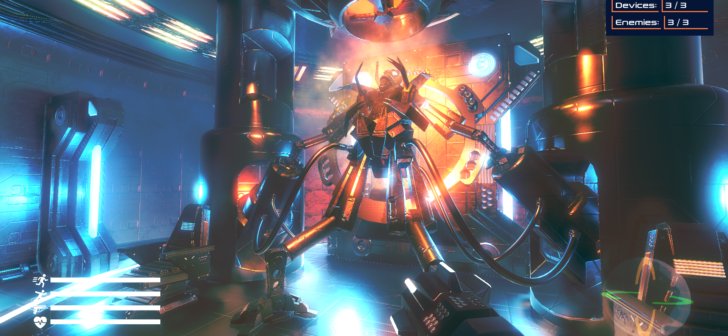

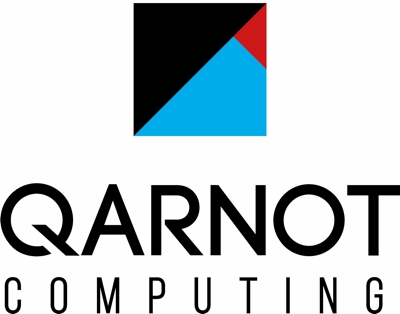





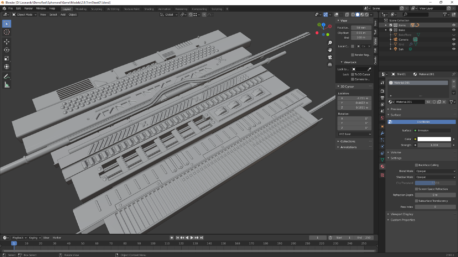
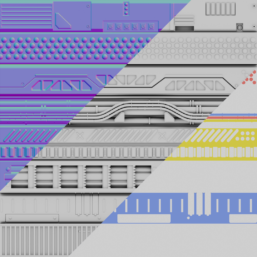


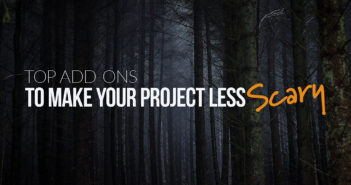
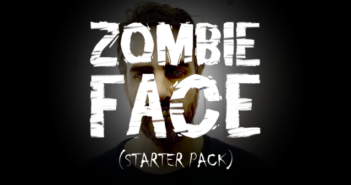
4 Comments
Uau!
This looks fantastic! How did you apply the decals?
Thank you Chris! I really didn't cover this process in the article. But I am creating a series of small tutorials in my YouTube channel explaining the whole game creation process. From inception, to modeling, to game engine. And how to apply mesh decals in the game assets will be the next one, so subscribe and stay tuned!
Amazing job!